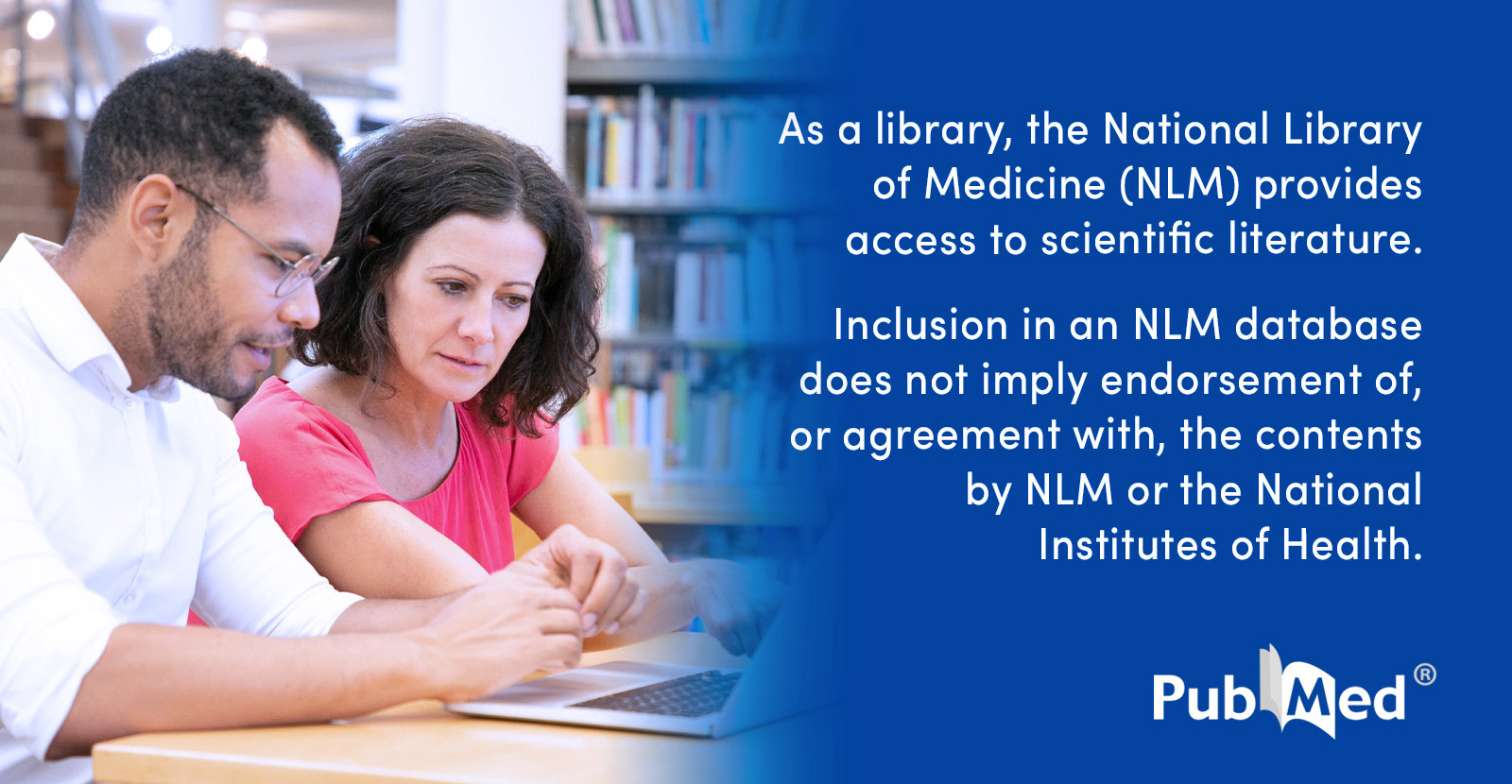The 2025 annual meeting of the American Association of Neuromuscular & Electrodiagnostic Medicine (AANEM) took place in San Francisco from Oct. 29 to Nov. 1, 2025. Spanning four days, the meeting brought together physicians, technologists, advanced practice providers, and other health care professionals to learn more about the latest advances in neuromuscular medicine, electrodiagnostic medicine, and neuromuscular ultrasound, including the rapidly evolving landscape for treating myasthenia gravis.
Click above for an exclusive summary of this year's conference!

Outcomes in Relation to the Age at Onset in Patients With Myasthenia Gravis - PubMed
Source : https://pubmed.ncbi.nlm.nih.gov/41264893/
This large cohort study highlights distinct clinical and prognostic differences in MG by age at onset. Pubertal-onset juvenile MG and late-onset MG represent vulnerable groups, with late-onset MG demonstrating poorer...
Multicenter retrospective study comparing clinical features and outcomes across juvenile, early-onset, and late-onset MG. Pubertal-onset and late-onset groups showed higher risks and poorer treatment response, identifying vulnerable subpopulations.

The overlooked side of myasthenia gravis: the non-motor manifestations-a comprehensive review - PubMed
Source : https://pubmed.ncbi.nlm.nih.gov/41243030/
Myasthenia gravis (MG) is a chronic autoimmune disorder of the neuromuscular junction characterized by fluctuating muscle weakness due to antibody-mediated impairment of acetylcholine receptor (AChR) function. Traditionally, MG has been...
This review outlines diverse non-motor manifestations in myasthenia gravis, including autonomic, cognitive, psychiatric, sensory, gastrointestinal, cardiovascular, and sleep disturbances, highlighting underlying mechanisms and emphasizing multidisciplinary assessment to improve outcomes.

Post-hoc analyses from the ADAPT clinical study demonstrate aggregate sustained benefit of Efgartigimod in generalized myasthenia gravis - PubMed
Source : https://pubmed.ncbi.nlm.nih.gov/39426360/
The clinical benefit of efgartigimod was sustained over repeat treatment cycles and maintained over the long term. Response to treatment was consistent regardless of response definition and was repeated in...
Post-hoc analyses of ADAPT and ADAPT+ trials show sustained, robust, and repeatable clinical benefits of efgartigimod in AChR-Ab+ generalized myasthenia gravis, with consistent response rates across definitions, disease duration, and prior therapy exposure.

Patient Background:
A 23-year-old woman with childhood-onset Moyamoya disease presented with recurrent seizures and a history of cerebrovascular events. At age 5, she experienced focal motor seizures, initially misattributed to psychogenic causes. By age 7, she developed acute right-sided weakness and aphasia, resulting in residual facial palsy and partial aphasia.
By 2023, exam findings included asthenic habitus, venous insufficiency, mild cognitive impairment (MMSE 26), hyperreflexia (right > left), distal right arm weakness, prosopagnosia, and severe myopia.
Assessment & Diagnosis:
An MRI from 2005 revealed right hemisphere atrophy. In 2006, cerebral angiography confirmed Moyamoya disease, with bilateral carotid artery occlusions and collateral “puff of smoke” vessels. Repeat MRI in 2023 demonstrated chronic ischemic lesions, and angiography confirmed diminished anterior circulation with compensatory collaterals. EEG revealed right-sided background slowing and left temporoparietal epileptiform discharges, consistent with focal seizures. Neuropsychological testing showed mild cognitive disorder with visual–spatial deficits and agnosia.
- How is seizure control balanced with stroke prevention in Moyamoya disease?
- When is revascularization considered in Moyamoya with seizures, and how is perioperative seizure risk managed?


